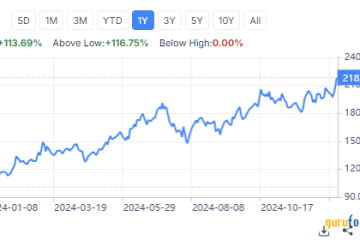Understanding the CRA: Canada’s Revenue Agency

Introduction
The Canada Revenue Agency (CRA) is a critical institution in Canada, responsible for administering tax laws for the federal government and most provinces and territories. As a central agency in managing the country’s taxation system, the CRA plays a vital role in revenue collection, taxpayer assistance, and ensuring compliance with tax legislation. With countless Canadians relying on its services, understanding the CRA’s functions and influence is of utmost importance.
Key Functions of the CRA
The CRA administers and enforces tax legislation that covers personal income taxes, corporate taxes, goods and services taxes (GST/HST), and various benefit programs for Canadians. In the 2022-2023 fiscal year, the CRA collected approximately $356 billion in taxes, which underscores its role in funding essential public services, including healthcare and education.
One of the CRA’s primary responsibilities is to ensure that all taxpayers comply with tax laws. This includes conducting audits, processing returns, and providing guidance on tax obligations. In recent years, the CRA has increased its focus on online services, allowing taxpayers to file returns digitally and access information through the My Account portal.
Recent Developments
Amidst the ongoing impact of the COVID-19 pandemic, the CRA has implemented several initiatives to support Canadians. This includes the Canada Emergency Response Benefit (CERB) provided in early 2020 and various other relief programs that aimed to help individuals and businesses navigate their financial struggles. As of late 2023, the CRA continues to work on transitioning these temporary measures into permanent solutions, reflecting the evolving economic landscape.
Furthermore, the CRA is making strides towards integrating advanced technologies to streamline tax administration. The adoption of artificial intelligence and machine learning tools is expected to enhance audit accuracy and taxpayer service delivery, improving overall efficiency in tax collection.
Conclusion
The CRA’s role in ensuring compliance with Canadian tax laws cannot be overstated, as it facilitates the funding of essential public services that benefit all citizens. As the agency evolves and incorporates technological advancements, Canadians can expect an enhanced experience in managing their tax obligations. Understanding the CRA allows taxpayers to better navigate their responsibilities, ensuring they receive the benefits they are entitled to while contributing to the financial health of the nation.









